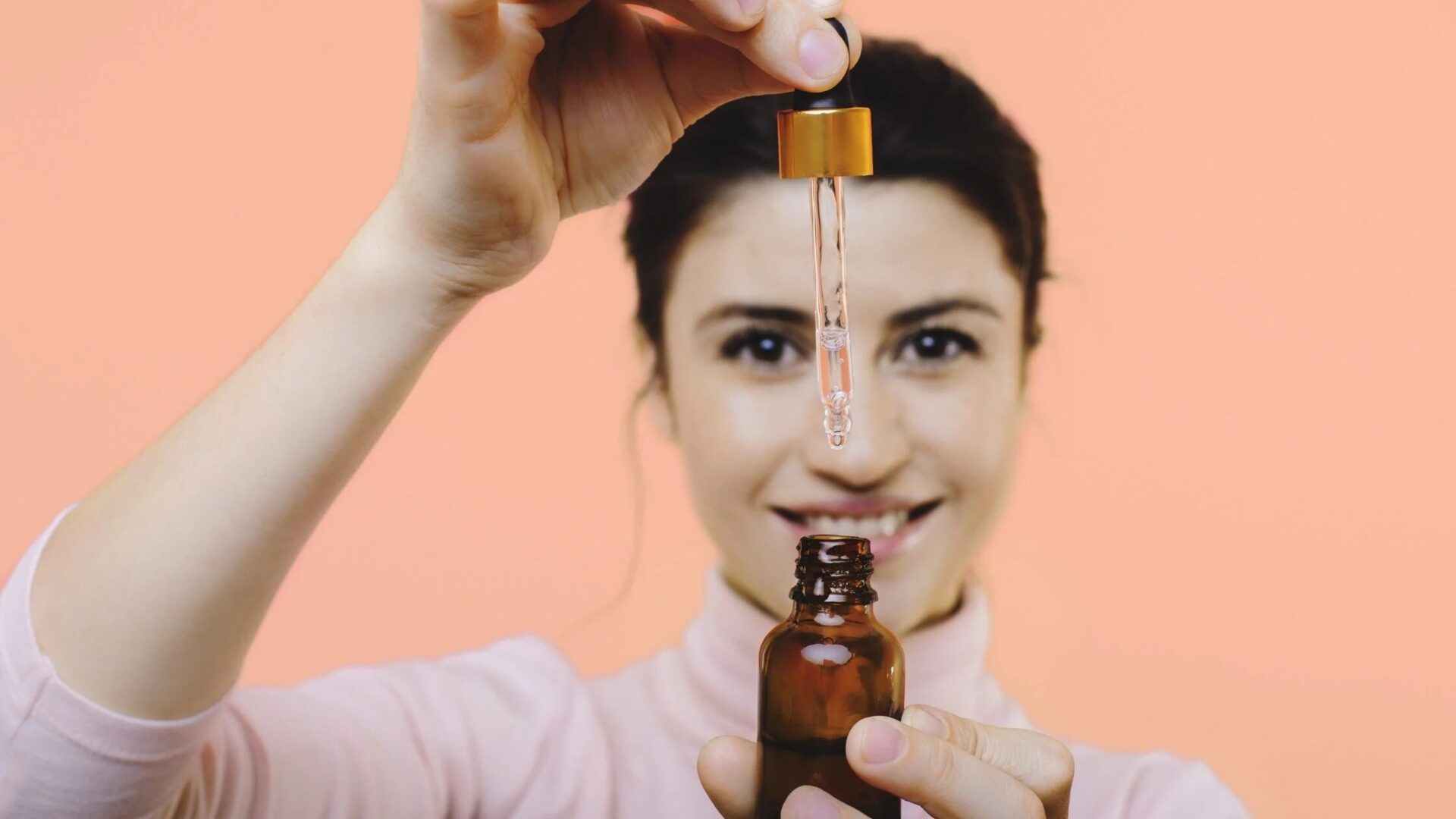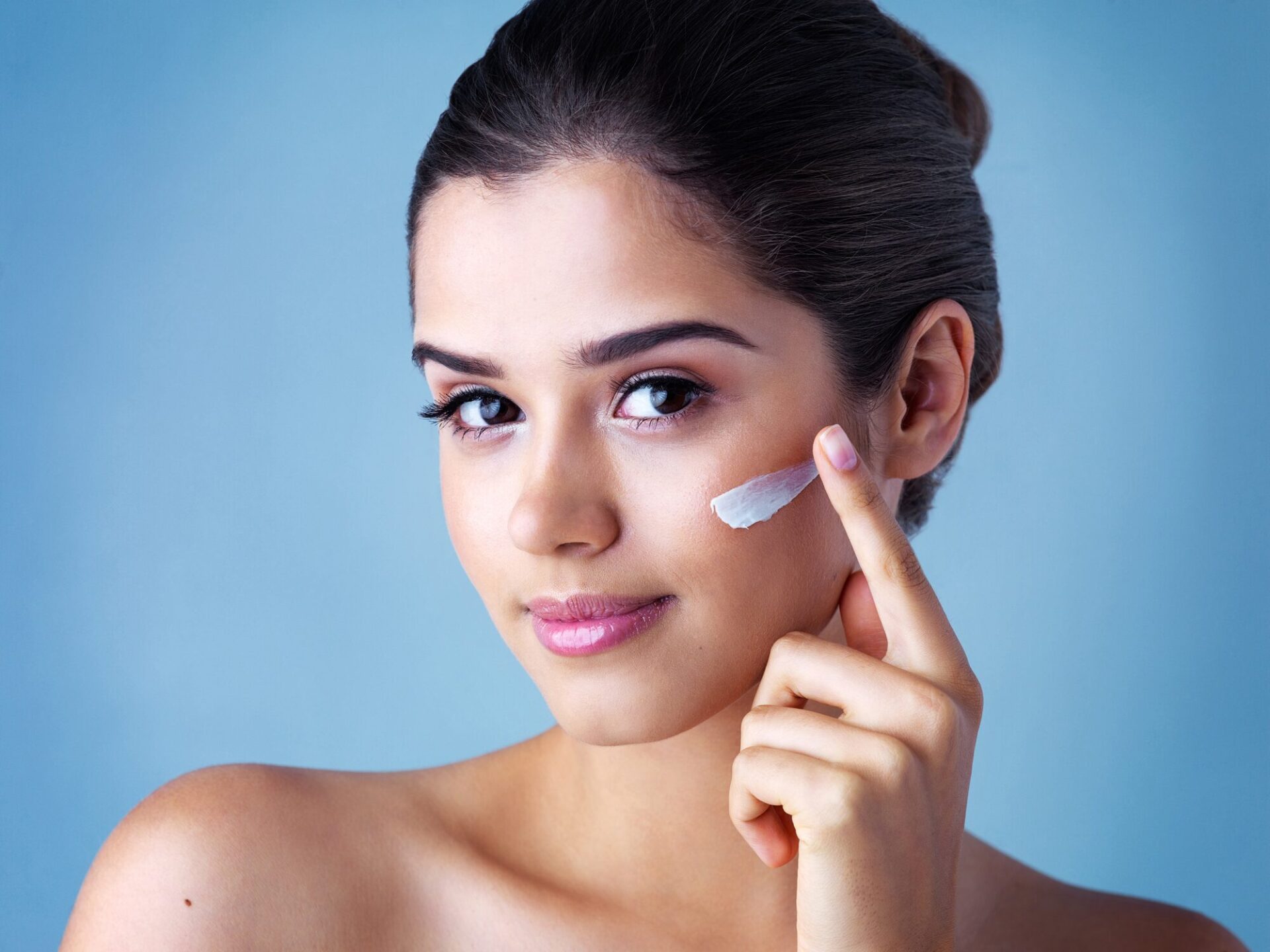
Ever scrolled through a skincare routine and felt overwhelmed by the term “face acids”? You’re not alone! Face acids have become a hot topic in the beauty world, touted for their ability to transform dull complexions and combat a variety of skin concerns. But what exactly are they, and how do you incorporate them safely and effectively into your routine? Don’t worry, we’ve got you covered! This guide will unveil the fascinating world of face acids, explaining their benefits, types, and how to use them like a skincare pro.
Introduction
What Exactly Are Face Acids?
Face acids are essentially chemical exfoliants derived from natural or synthetic sources. Unlike physical scrubs that buff away dead skin cells, face acids work on a deeper level. They gently dissolve the “glue” holding dead skin cells together, promoting cell turnover and revealing a fresher, brighter complexion. Think of them as tiny Pac-Mans, munching away on dullness and revealing a smoother, more radiant you.
Why Should You Consider Face Acids?
Face acids offer a variety of benefits depending on the specific type you choose. Here are some of the most common concerns they can address:
- Exfoliation: As mentioned earlier, face acids promote cell turnover, resulting in smoother, brighter skin.
- Anti-Aging: Certain acids stimulate collagen production, leading to a plumper, more youthful appearance.
- Acne Reduction: Some acids can help unclog pores, reduce inflammation, and combat breakouts.
- Hyperpigmentation: Acids can help fade dark spots and even out skin tone.
The Different Types of Face Acids
There are two main categories of face acids: Alpha Hydroxy Acids (AHAs) and Beta Hydroxy Acids (BHAs). Here’s a breakdown of each type:
1. Alpha Hydroxy Acids (AHAs)
AHAs are water-soluble acids derived from natural sources like fruits (glycolic acid from sugar cane) and milk (lactic acid). Here’s a closer look at some popular AHAs:
- Glycolic Acid: The strongest and most researched AHA, effective for exfoliation, brightening, and anti-aging.
- Lactic Acid: A gentler AHA, suitable for sensitive skin, offering mild exfoliation and hydration.
- Mandelic Acid: Another gentle option, ideal for those with rosacea-prone skin, providing exfoliation and brightening benefits.
2. Beta Hydroxy Acids (BHAs)
BHAs, unlike AHAs, are oil-soluble, meaning they can penetrate deeper into pores. This makes them particularly effective for oily and acne-prone skin. Here are some key BHAs:
- Salicylic Acid: The most common BHA, known for its ability to unclog pores, reduce inflammation, and combat breakouts.
- Azelaic Acid: A multi-tasking BHA with anti-inflammatory and antibacterial properties, effective for acne and hyperpigmentation.
How to Use Face Acids Effectively

Face acids can be powerful allies in your skincare journey, but it’s crucial to use them correctly to avoid irritation. Here are some key tips:
- Start Slow: Introduce a new acid gradually, once or twice a week, to assess your skin’s tolerance.
- Patch Test: Before applying to your entire face, do a patch test on your inner elbow or jawline to check for sensitivity.
- Listen to Your Skin: If you experience redness, burning, or irritation, discontinue use and consult a dermatologist.
- Less is More: Start with a lower concentration of acid and increase gradually if your skin tolerates it well.
- Moisturize: Face acids can be drying, so follow up with a hydrating moisturizer to replenish your skin’s barrier.
- Sun Protection is Key: Increased cell turnover with AHAs can make your skin more sensitive to the sun. Always wear sunscreen with SPF 30 or higher during the day, even on cloudy days.
Combining Face Acids with Other Products
While face acids can be powerful on their own, combining them with other skincare products can enhance their benefits. However, be mindful of potential interactions:
- Retinol: Both acids and retinol promote cell turnover. Using them together can be too harsh for some skin types. Consider alternating nights or using milder formulations.
- Vitamin C: Vitamin C is a powerful antioxidant, but it can lose its effectiveness at high pH levels. Apply vitamin C in the morning and acids at night to maximize benefits.
- Moisturizers: Pair your acid with a face-specific moisturizer to replenish hydration and strengthen your skin’s barrier. Hyaluronic acid serums are excellent options.
Are Face Acids Right for You?
Face acids can be a game-changer for many skin types, but they’re not a magic solution for everyone. Here are some things to consider:
- Skin Type: If you have dry or sensitive skin, opt for gentler AHAs like lactic acid or mandelic acid. For oily or acne-prone skin, BHAs like salicylic acid might be a better choice.
- Skin Concerns: Choose an acid based on your specific concerns. For anti-aging, consider AHAs like glycolic acid. For acne, salicylic acid or azelaic acid might be more beneficial.
- Consult a Dermatologist: If you have any underlying skin conditions, consult a dermatologist before incorporating acids into your routine.
Conclusion
Face acids, when used correctly, can be a powerful addition to your skincare routine. They can help reveal a brighter, smoother, and more youthful complexion. Remember, consistency and proper application are key. Start slow, listen to your skin, and don’t be afraid to consult a dermatologist for personalized advice. So, ditch the confusion and embrace the world of face acids – your skin will thank you for it!
You May Also Like….
- Tingling Toes? Feeling Weak? Unable to Walk? – Guillain-Barré Syndrome
- The Silent Thief: How Sleep Deprivation Wreaks Havoc on Your Body
- 10 Movies and Shows That Changed the Way We Dress
Frequently Asked Questions
Q1: Can I use face acids every day?
Not necessarily. It depends on the strength of the acid and your skin’s tolerance. Start with 1-2 times a week and increase gradually if your skin tolerates it well.
Q2: What happens if I use an expired face acid?
Expired face acids might lose their effectiveness or even irritate your skin. Always check the expiry date and discard expired products.
Q3: Can I use face acids on my body?
While some body lotions contain AHAs for gentle exfoliation, using stronger face acids on your body is not recommended. The skin on your body is thicker and has different needs.
Q4: Are there any natural alternatives to face acids?
Some natural ingredients offer mild exfoliating properties, such as lactic acid found in yogurt or fruit enzymes from papaya and pineapple. However, they may not be as potent as formulated face acids.
Q5: What if my skin breaks out after using a face acid?
This could be purging, a temporary increase in breakouts as the acid brings existing blemishes to the surface. However, if the irritation persists, discontinue use and consult a dermatologist.



burh I think 🤔 lactic acid is strong than glycolic acid
That is gud
Ascorbic Acid (Vitamin C) and Polyhydroxy Acids (PHAs) You didn’t give the meaning